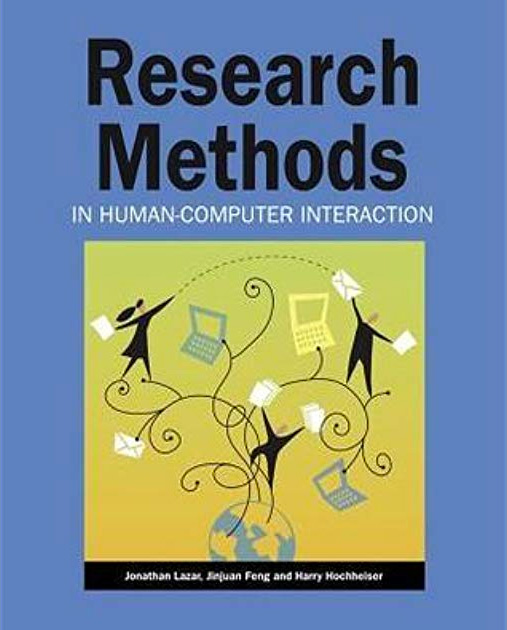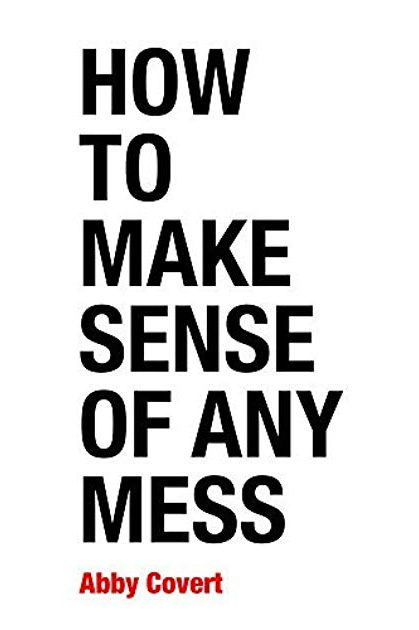With UX research so closely tied to product success, setting up a dedicated research practice is fast becoming important for many organizations. It’s not an easy process, especially for organizations that have had little to do with research, but the end goal is worth the effort.
But where exactly are you supposed to start? This article provides 6 key things to keep in mind when setting up a research practice, and should hopefully ensure you’ve considered all of the relevant factors.
1) Work out what your organization needs
The first and most simple step is to take stock of the current user research situation within the organization. How much research is currently being done? Which teams or individuals are talking to customers on an ongoing basis? Consider if there are any major pain points with the current way research is being carried out or bottlenecks in getting research insights to the people that need them. If research isn't being practiced, identify teams or individuals that don't currently have access to the resources they need, and consider ways to make insights available to the people that need them.
2) Consolidate your insights
UX research should be communicating with nearly every part of an organization, from design teams to customer support, engineering departments and C-level management. The insights that stem from user research are valuable everywhere. Of course, the opposite is also true: insights from support and sales are useful for understanding customers and how the current product is meeting people's needs.
When setting up a research practice, identify which teams you should align with, and then reach out. Sit down with these teams and explore how you can help each other. For your part, you’ll probably need to explain the what and why of user research within the context of your organization, and possibly even explain at a basic level some of the techniques you use and the data you can obtain.
Then, get in touch with other teams with the goal of learning from them. A good research practice needs a strong connection to other parts of the business with the express purpose of learning. For example, by working with your organization’s customer support team, you’ll have a direct line to some of the issues that customers deal with on a regular basis. A good working relationship here means they’ll likely feed these insights back to you, in order to help you frame your research projects.
By working with your sales team, they’ll be able to share issues prospective customers are dealing with. You can follow up on this information with research, the results of which can be fed into the development of your organization’s products.
It can also be fruitful to develop an insights repository, where researchers can store any useful insights and log research activities. This means that sales, customer support and other interested parties can access the results of your research whenever they need to.
When your research practice is tightly integrated other key areas of the business, the organization is likely to see innumerable benefits from the insights>product loop.
3) Figure out which tools you will use
By now you’ve hopefully got an idea of how your research practice will fit into the wider organization – now it’s time to look at the ways in which you’ll do your research. We’re talking, of course, about research methods and testing tools.
We won’t get into every different type of method here (there are plenty of other articles and guides for that), but we will touch on the importance of qualitative and quantitative methods. If you haven’t come across these terms before, here’s a quick breakdown:
- Qualitative research – Focused on exploration. It’s about discovering things we cannot measure with numbers, and often involves speaking with users through observation or user interviews.
- Quantitative research – Focused on measurement. It’s all about gathering data and then turning this data into usable statistics.
All user research methods are designed to deliver either qualitative or quantitative data, and as part of your research practice, you should ensure that you always try to gather both types. By using this approach, you’re able to generate a clearer overall picture of whatever it is you’re researching.
Next comes the software. A solid stack of user research testing tools will help you to put research methods into practice, whether for the purposes of card sorting, carrying out more effective user interviews or running a tree test.
There are myriad tools available now, and it can be difficult to separate the useful software from the chaff. Here’s a list of research and productivity tools that we recommend.
Tools for research
Here’s a collection of research tools that can help you gather qualitative and quantitative data, using a number of methods.
- Treejack – Tree testing can show you where people get lost on your website, and help you take the guesswork out of information architecture decisions. Like OptimalSort, Treejack makes it easy to sort through information and pairs this with in-depth analysis features.
- dScout – Imagine being able to get video snippets of your users as they answer questions about your product. That’s dScout. It’s a video research platform that collects in-context “moments” from a network of global participants, who answer your questions either by video or through photos.
- Ethnio – Like dScout, this is another tool designed to capture information directly from your users. It works by showing an intercept pop-up to people who land on your website. Then, once they agree, it runs through some form of research.
- OptimalSort – Card sorting allows you to get perspective on whatever it is you’re sorting and understand how people organize information. OptimalSort makes it easier and faster to sort through information, and you can access powerful analysis features.
- Reframer – Taking notes during user interviews and usability tests can be quite time-consuming, especially when it comes to analyze the data. Reframer gives individuals and teams a single tool to store all of their notes, along with a set of powerful analysis features to make sense of their data.
- Chalkmark – First-click testing can show you what people click on first in a user interface when they’re asked to complete a task. This is useful, as when people get their first click correct, they’re much more likely to complete their task. Chalkmark makes the process of setting up and running a first-click test easy. What’s more, you’re given comprehensive analysis tools, including a click heatmap.
Tools for productivity
These tools aren’t necessarily designed for user research, but can provide vital links in the process.
- Whimsical – A fantastic tool for user journeys, flow charts and any other sort of diagram. It also solves one of the biggest problems with online whiteboards – finicky object placement.
- Descript – Easily transcribe your interview and usability test audio recordings into text.
- Google Slides – When it inevitably comes time to present your research findings to stakeholders, use Google Slides to create readable, clear presentations.
4) Figure out how you’ll track findings over time
With some idea of the research methods and testing tools you’ll be using to collect data, now it’s time to think about how you’ll manage all of this information. A carefully ordered spreadsheet and folder system can work – but only to an extent. Dedicated software is a much better choice, especially given that you can scale these systems much more easily.
A dedicated home for your research data serves a few distinct purposes. There’s the obvious benefit of being able to access all of your findings whenever you need them, which means it’s much easier to create personas if the need arises. A dedicated home also means your findings will remain accessible and useful well into the future.
When it comes to software, Reframer stands as one of the better options for creating a detailed customer insights repository as you’re able to capture your sessions directly in the tool and then apply tags afterwards. You can then easily review all of your observations and findings using the filtering options. Oh, and there’s obviously the analysis side of the tool as well.
If you’re looking for a way to store high-level findings – perhaps if you’re intending to share this data with other parts of your organization – then a tool like Confluence or Notion is a good option. These tools are basically wikis, and include capable search and navigation options too.
5) Where will you get participants from?
A pool of participants you can draw from for your user research is another important part of setting up a research practice. Whenever you need to run a study, you’ll have real people you can call on to test, ask questions and get feedback from.
This is where you’ll need to partner other teams, likely sales and customer support. They’ll have direct access to your customers, so make sure to build a strong relationship with these teams. If you haven’t made introductions, it can helpful to put together a one-page sheet of information explaining what UX research is and the benefits of working with your team.
You may also want to consider getting in some external help. Participant recruitment services are a great way to offload the heavy lifting of sourcing quality participants – often one of the hardest parts of the research process.
6) Work out how you'll communicate your research
Perhaps one of the most important parts of being a user researcher is taking the findings you uncover and communicating them back to the wider organization. By feeding insights back to product, sales and customer support teams, you’ll form an effective link between your organization’s customers and your organization. The benefits here are obvious. Product teams can build products that actually address customer pain points, and sales and support teams will better understand the needs and expectations of customers.
Of course, it isn’t easy to communicate findings. Here are a few tips:
- Document your research activities: With a clear record of your research, you’ll find it easier to pull out relevant findings and communicate these to the right teams.
- Decide who needs what: You’ll probably find that certain roles (like managers) will be best served by a high-level overview of your research activities (think a one-page summary), while engineers, developers and designers will want more detailed research findings.
Continue reading
- Selling your design recommendations to clients and colleagues – Guest writer Jeff Tang outlines some of his techniques for presenting UX recommendations and answering objections.
- Quantifying the ROI of UX – Ashlea McKay delves into one of the toughest UX questions to answer: “What do we get for our money?”
- How do I explain what UX is? – Ashlea McKay covers how you can explain UX to people who may not necessarily have familiarity with the field.















